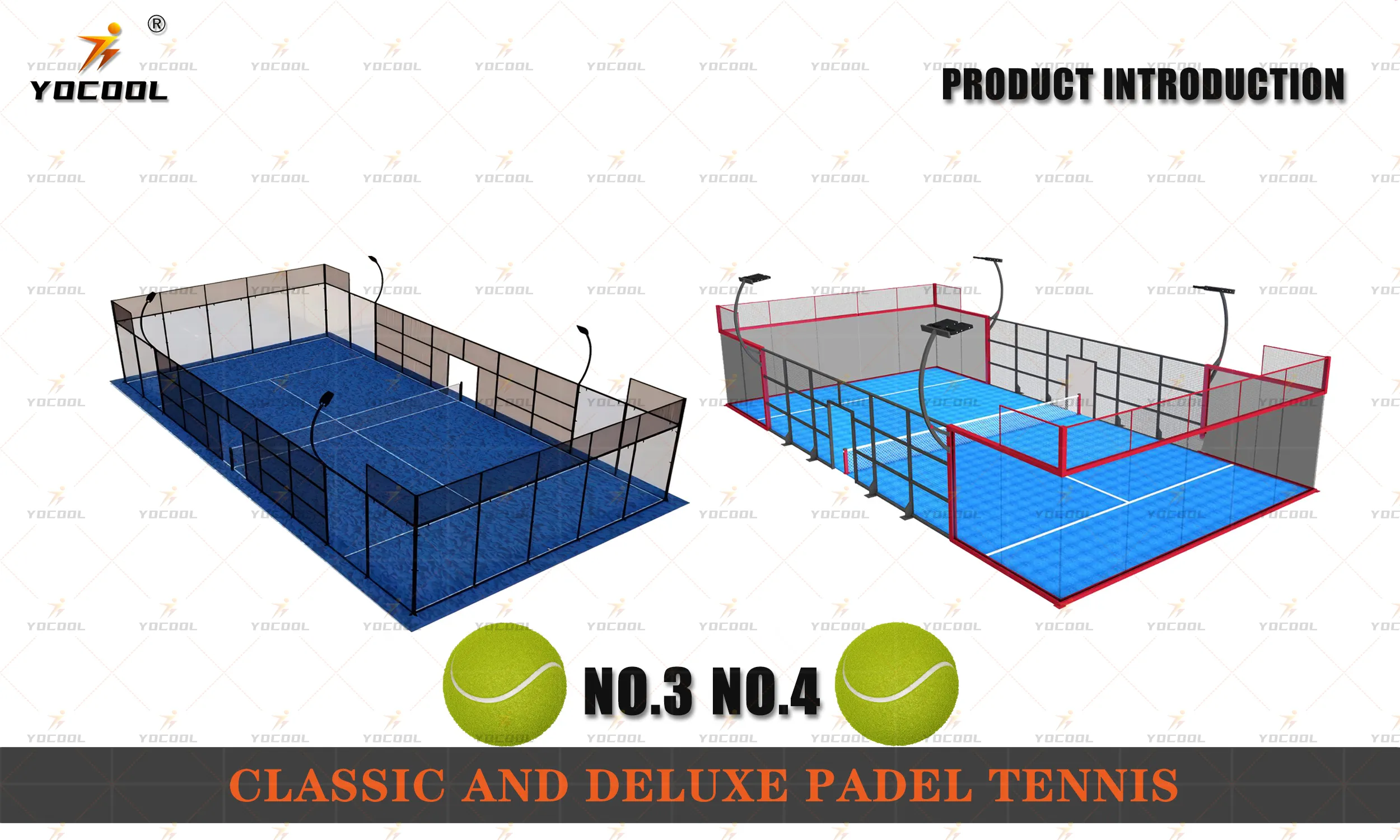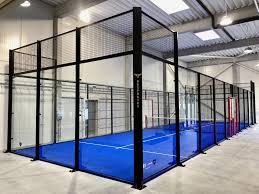


(homogeneous transparent floor)
In the evolving world of modern architecture and design, the demand for high-performance, aesthetically appealing, and durable flooring materials keeps surging. Homogeneous transparent floor solutions have emerged at the forefront, celebrated for their seamless look and robust performance. Unlike conventional flooring, they offer a single-layered, non-laminated, and uniformly structured sheet, crafted to withstand heavy use without compromising appearance.
Recent market analysis indicates the global flooring industry will surpass $400 billion by 2027, fueled by the ongoing pursuit of innovative materials. Among these, homogeneous transparent floors are making notable inroads, particularly within public infrastructure, healthcare, and educational facilities. Their unique blend of clarity, resilience, and ease of maintenance offers a distinct advantage over standard options such as rubber floor and traditional rubber floor solutions.
Homogeneous transparent floors are engineered using a single, resilient sheet of material—polyvinyl chloride (PVC), thermoplastic elastomers, or specially formulated transparent polymers. This technology ensures that the appearance, wear resistance, and color integrity extend through the entire thickness of the product, minimizing visible wear even in areas of high traffic.
According to laboratory studies, homogeneous transparent floor materials demonstrate 30% greater abrasion resistance and 25% improved light transmittance compared to traditional rubber floor. This makes them highly suitable for environments where both aesthetics and longevity are essential. The absence of surface coatings or laminates ensures fewer opportunities for delamination or surface damage, while offering seamless integration with supplementary floor heating systems, embedded graphics, or anti-slip texturing.
Technical advancements have yielded surfaces with static dissipative properties and exceptional resistance to chemicals, making them ideal for laboratories, clean rooms, and healthcare corridors. Furthermore, these floors are typically low in VOC emissions, supporting compliance with sustainable building standards such as LEED and BREEAM.
The marketplace is populated by various floor material manufacturers, each claims superiority regarding durability, safety, customizability, and sustainability. To help in your decision-making process, see the comparative table below:
| Feature | Homogeneous Transparent Floor | RUBBER FLOOR | Traditional Rubber Floor |
|---|---|---|---|
| Wear Layer Thickness | 2.0 to 4.0 mm (full body) Uniform composition throughout |
2.0 to 3.5 mm Surface layer wears over time |
2.0 to 3.0 mm Layered construction |
| Light Transmittance | Up to 83% Crystal-clear appearance |
< 10% Opaque, limited aesthetics |
< 10% Opaque with matte finish |
| Scratch Resistance | Very High Minimal visible wear |
Moderate | Moderate |
| Slip Resistance | Customizable (R9-R12 rating) | R10-R11 | R9-R10 |
| Ease of Cleaning | Excellent Non-porous surface |
Good Porous texture can trap dirt |
Fair |
| Customization Options | High Embedded graphics, colors, textures |
Limited Primarily in patterns & colors |
Limited |
| Sustainability | Low VOC, recyclable | Recyclable, but higher VOC | Recyclable |
| Initial Cost | Moderate to High | Moderate | Low to Moderate |
| Estimated Service Life | 20-30 years | 10-15 years | 10-12 years |
One of the most compelling features of homogeneous transparent floor materials is their extensive range of customization possibilities. Manufacturers can impart unique colors, embedded visual markers, tactile warning strips, or corporate branding solutions directly into the product before installation. This is a significant advantage over rubber floor alternatives, enabling the creation of distinctive spaces within commercial, residential, or institutional environments.
The transparent nature of these floors enables designers to incorporate LED lighting beneath the surface or integrate wayfinding graphics—opening up new possibilities for interactive and dynamic spaces, especially in high-tech retail, transport hubs, or experiential museum settings. Due to the mono-material structure, even heavy traffic does not compromise artistic or functional inlays.
Additionally, advanced digital printing technologies allow for photographic quality designs—ranging from simulated stone to abstract art—directly bound within the homogeneous structure, offering designers and project managers unprecedented freedom to realize their creative visions.
The utilization of homogeneous transparent floor systems is rapidly expanding across industry sectors. In the healthcare sector, a leading European hospital installed 15,000 square meters of homogeneous transparent flooring in surgical and patient areas, achieving a 35% reduction in secondary surface infections thanks to the seamless, easy-to-sanitize finish.
In transportation, a major airport in Asia selected transparent homogeneous flooring for its passenger concourses. The high light transmittance and integrated wayfinding features resulted in noticeably smoother passenger flow and a 20% decrease in directional assistance requests.
In the education sector, universities increasingly specify this flooring for laboratories and corridors, with lifecycle cost analyses indicating savings of up to 40% over 20 years compared to traditional rubber floor installations, primarily due to reduced maintenance frequency and fewer complete replacement cycles.
A key differentiator of homogeneous transparent floor solutions is their remarkable combination of durability and low-maintenance requirements. Unlike multi-layered options, these floors can be restored repeatedly by simple dry or wet buffing, without risk of wearing through a surface layer. This capability extends the usable life of the product by up to a decade beyond that of competing solutions.
Environmental impact considerations further favor this category. Most leading products in this segment are manufactured under ISO 14001 environmental management systems, contain recycled content, and emit extremely low volatile organic compounds (VOCs). Some brands offer full take-back recycling programs, ensuring floorings can be repurposed at the end of their lifecycle.
The absence of phthalates, heavy metals, and other hazardous additives positions homogeneous transparent floors as a top choice for schools, hospitals, and other environments with strict indoor air quality standards.
Homogeneous transparent floor solutions symbolize the nexus of form, function, and forward-thinking sustainability in contemporary interiors. Their unmatched clarity, coupled with proven technical endurance and expanded design potential, positions them well above standard rubber floor products and traditional rubber alternatives. As the global architectural community gravitates toward smarter, longer-lasting, and environmentally responsible materials, the adoption of these innovative flooring systems is expected to accelerate.
Whether for a state-of-the-art research center, bustling airport, prestigious educational institution, or modern retail space, homogeneous transparent floor installations continue to set new standards in aesthetics, hygiene, and performance. As data and case studies reveal, they yield measurable improvements in lifespan, operational costs, and occupant satisfaction. When weighing your next commercial or institutional flooring investment, homogeneous transparent floor emerges as the optimal choice for high-impact, enduring spaces.

(homogeneous transparent floor)
Homogeneous Transparent Floor – Durable & Stylish Rubber Floor Solutions
Premium Homogeneous Transparent Floor for Durable & Stylish Spaces Rubber Floor Solutions
Premium Sports Floor Solutions Durable PVC Sports Floor & Rubber Floor for Gyms
Durable Rubber Composite Floor Premium Rubber Floor & Mats Solutions
Premium Rubber Composite Floor – Durable, Non-Slip, Eco-Friendly Rubber Floor Mats for Commercial & Residential Use
Premium Rubber Floor Solutions Rubber Floor Mat & Rubber Composite Floor for All Spaces